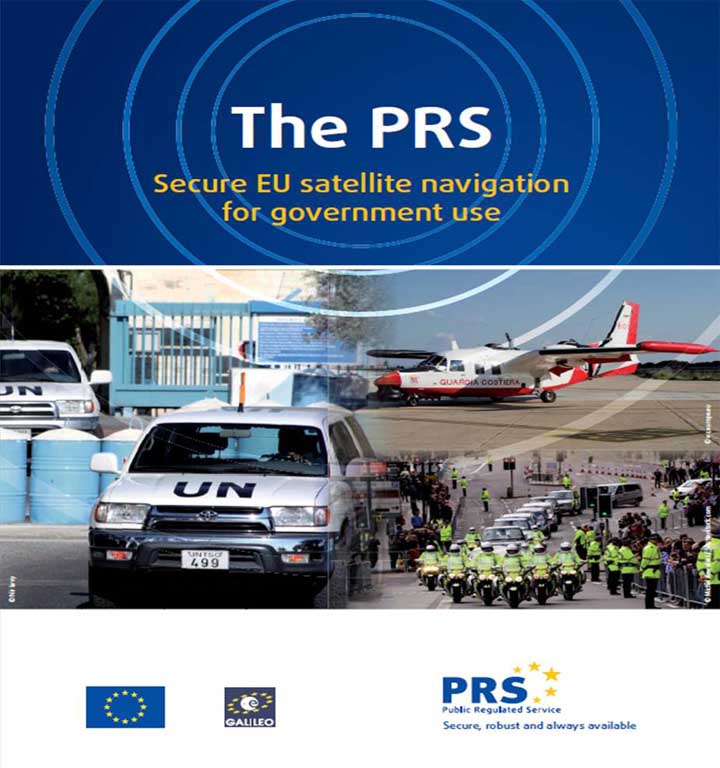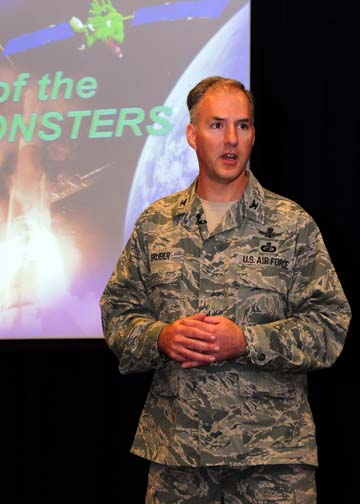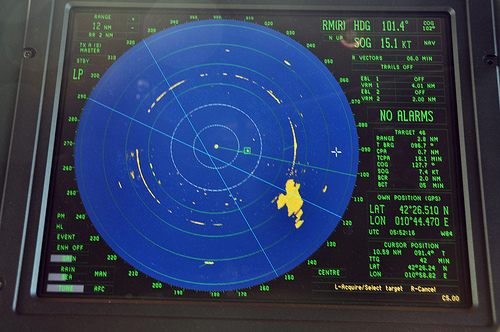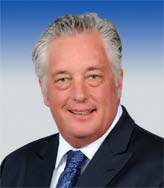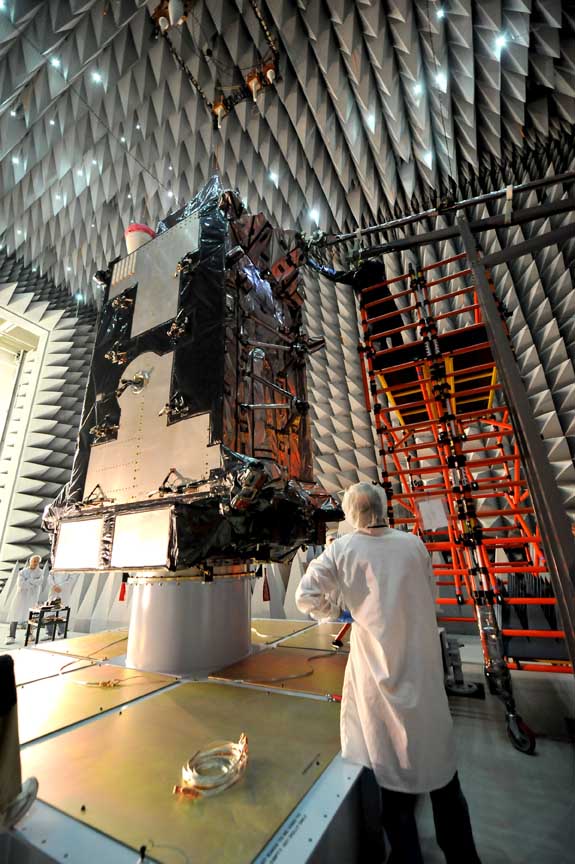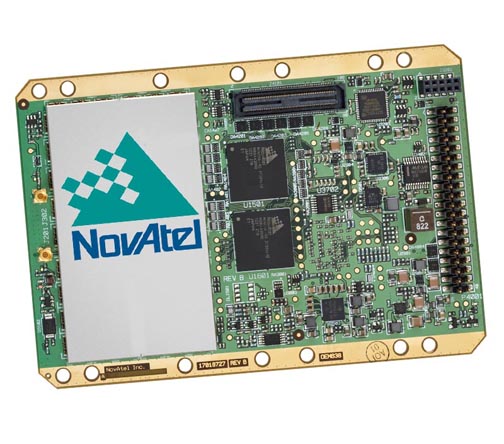Homeland Security Opens New Round of Small UAS Evaluations

The Department of Homeland Security (DHS) will soon be taking new applications for its unmanned aircraft assessment program — a project that gives potential government customers at local, state, and federal levels an impartial evaluation of the strengths and costs of different systems.
By Inside GNSS

